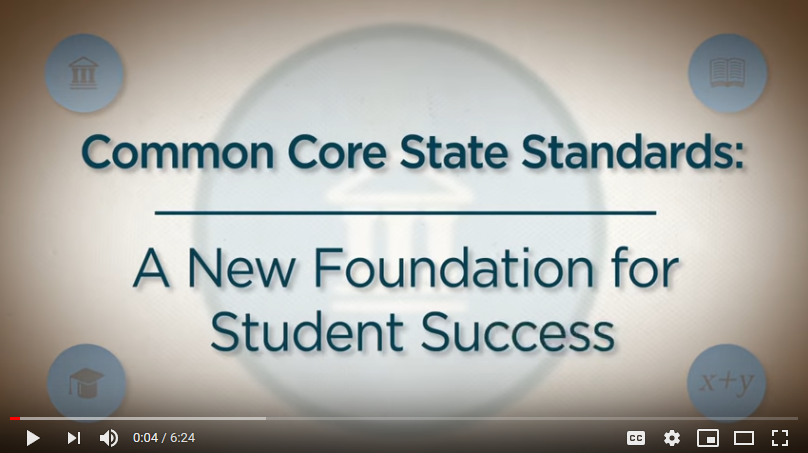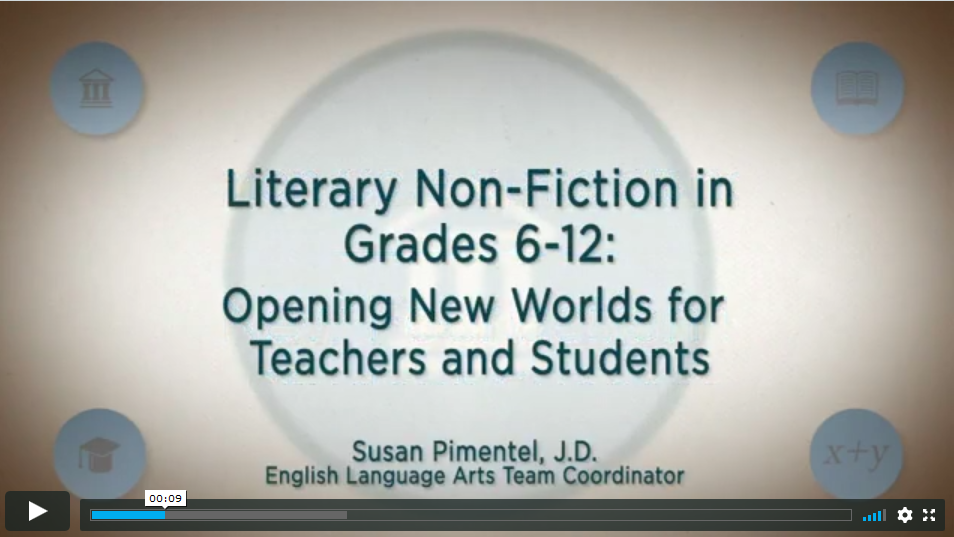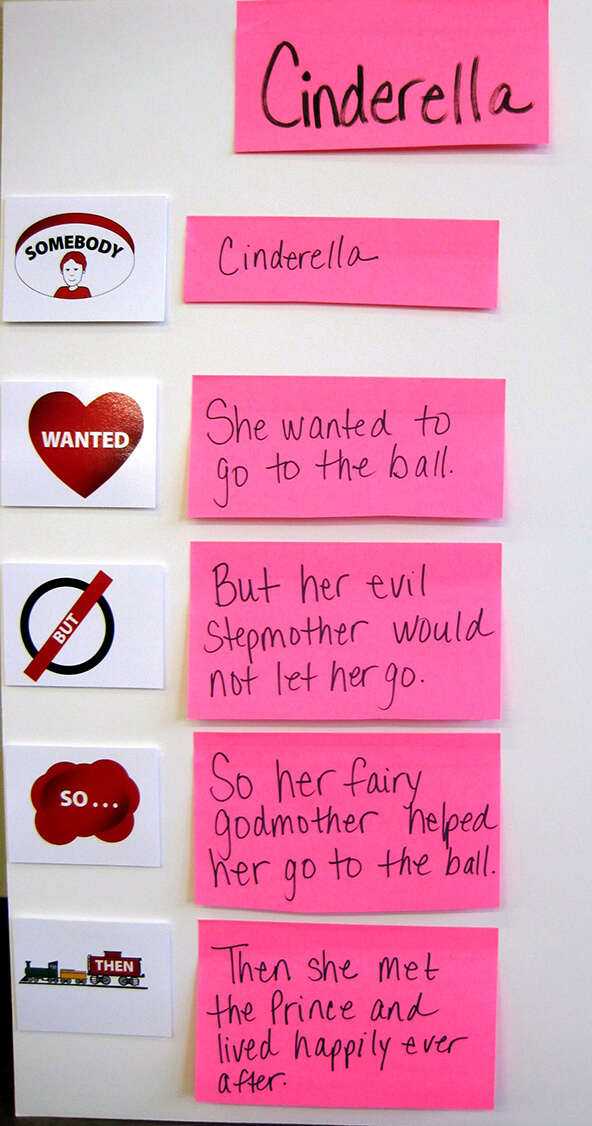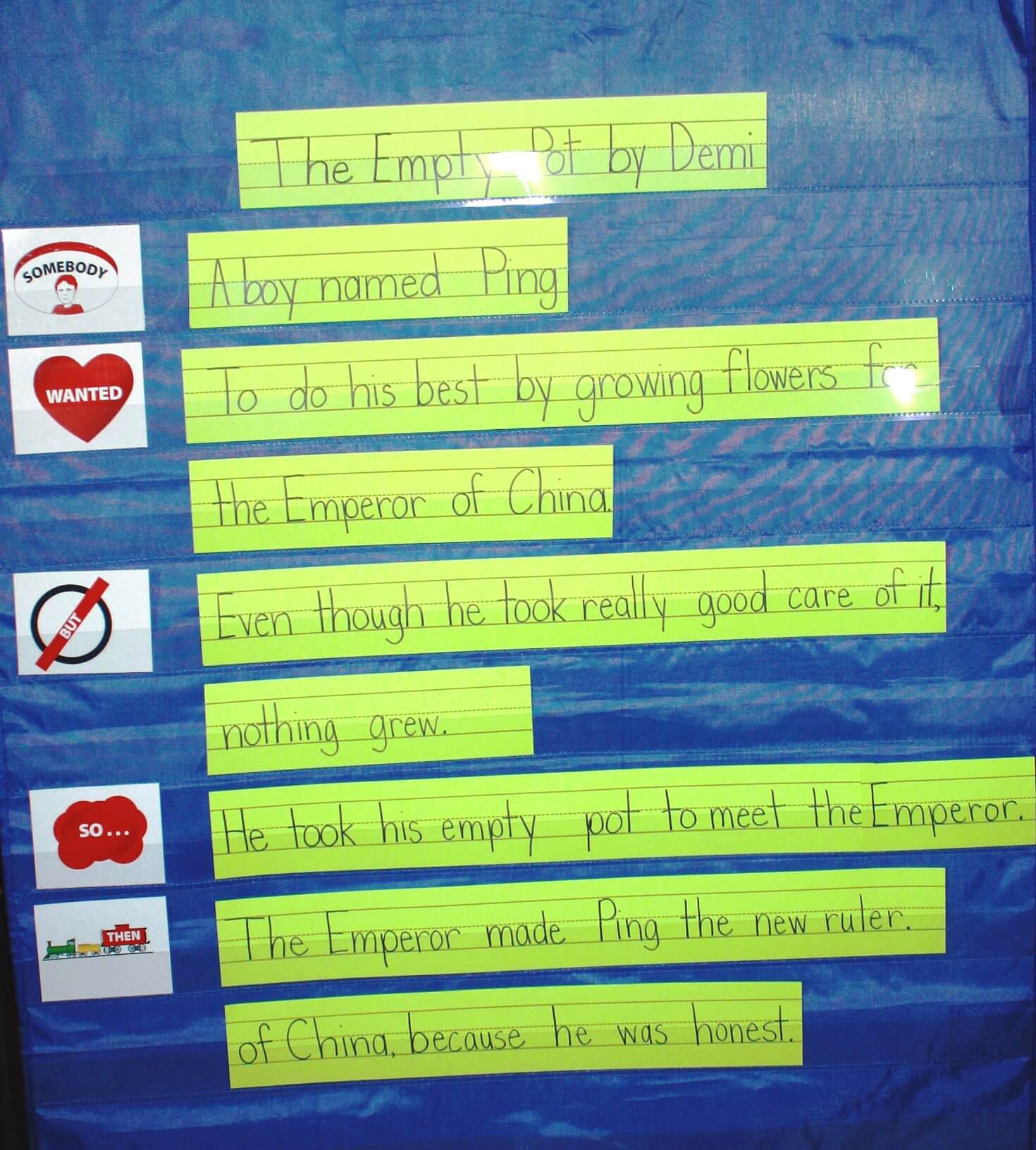Literacy Retreat 2012
SECRET SITE
Writing About Your Reading
Writing About Text
Introduce your students to their Reading Voices & Thinking Voices using this caricature.
After introducing your students to the “voices” in their heads, consider referencing them during future lessons by holding up the extra-large signs (also available in Spanish) printed on card stock and attached to wooden paint sticks.
Manipulate the sizes of the Reading Voice, Thinking Voice, and Distracting Voice icons using these JPEGs. (To access JPEG, open image linked below, right click on graphic, and “Save image as…”)
Learn more about the increased expectation of informational texts in the K-12 classroom. View this Common Core English Language Arts Team Coordinator.
Check out this short video that defines what is meant by literary nonfiction as stated in the Common Core State Standards.
Challenge students’ inferential thinking with these signs, cartoons, and bumper stickers.
Thinking Aloud on Paper
- Make reading more visible using the Smekens Reading Comprehension icons. Then, use this graphic organizer for students to track their thinking while reading.
- Encourage students to track their thinking on sticky notes. But then, for you to quickly assess their thinking, have them transfer their sticky thought(s) to this graphic organizer.
(Document created by intermediate teacher Louanne Berryman of Blair Point Elementary in Peru, IN.) - Students can create digital tracks of their thinking. Nadine Gilkison (fourth grade teacher at South Creek Elementary in Franklin, IN) taught her students how to insert a book cover image and draw thinking-bubble graphics (a pre-made shape tool) all on a PowerPoint slide. Students then jot their thoughts while reading.
- When reading informational text, have students note interesting Snapple Facts. Access a student handout for tracking these most-interesting details within “lids.”
- When reading literature, students can track the plot with a traditional beginning-middle-end storyboard or Ride the Story Plot using the more sophisticated plot map approach.
- When reading, students make predictions. But, as they continue reading, sometimes those predictions need to be updated. We want our students to Control Their Predictions.
- Sticky Flags empower readers to code their thoughts.
Extending the Thinking
After reading, students can generate a summary using a variety of strategies.
- 20-Word Summaries help students get the gist of a story down to 20 words.
- Simple Summaries encourage students to keep their summaries brief by limiting students to a 140-character Tweet.
- Pyramids provide a simple structure that encourages inferential thinking about a text.
- Retelling Gloves provide “handy” reminders as students give oral presentations about the books they’ve read.
- Somebody…wanted…but…so…then…organizer. When first teaching this skill to students in a whole-class mini-lesson, utilized the large icons to create a visual image for your chart paper.
- Our youngest writers can begin working on Main Idea with this graphic organizer that allows them to draw what the text was all about.
When working with literature, students can analyze the characters in a variety of ways.
- Christine Stultz, eighth grade teacher at Fegely Middle School (Portage, IN) teaches her students to track a character through action, words, and thoughts.
- Create digital scrapbooks for story characters at this Scholastic site page.
- Many teachers love Melanie Beaver’s idea of the coffee creamer characters. Melanie had her West Vigo Middle School (Terre Haute, IN) students decorate the outside of the container to represent the physical descriptions of characters from their texts. Then, in the inside of the container, they included direct quotes and evidence from the text to define the character traits of each person.
After reading, look for authentic writing opportunities for students. One of Kristina’s favorite ideas is to create a book trailer, like high school student Abby Whisnat did for R.J. Palacio’s book, Wonder. Notice the use of direct quotes as a method of incorporating textual evidence into her product. NOTE: The site Abby used to create this high-tech book trailer is called Animoto. Check out this link to show your students how easy it is to create their own book trailers.
Here is a second book trailer/book commercial that you might share with students as inspiration. This one is about Margaret Peterson Haddix’s book Found.
Check out these two websites with numerous book trailers to view:
The Booklist Reader Book Trailers
Slime Kids
Taking a Stance
After drawing conclusions, it’s expected that students cite evidence to support their thinking.
- Teach them the Yes Ma’am strategy.
- Practice the Yes Ma’am strategy with short passages that require students to draw conclusions and then use the clues to support their thinking. Check out this fabulous PowerPoint by intermediate teachers Maria Sweat and Emily Hilldebrand at William Tell Elementary (Tell City, IN).
Remind your students to Bring it Back to the Book and cite evidence from the text using the BIBB icon. (To access JPEG, open image linked below, right click on graphic, and “Save image as…”) Access the icons in multiple formats:
- As a JPEG, you can place this icon on your handouts and reference pages for students. Copy and paste the logo WITH BOOKS and WITHOUT BOOKS.
- Print the REVERSED LOGO onto iron-on paper using an ink jet printer. Then transfer the image to the bib you received at the retreat.
Website Resources:
- Teaching That Makes Sense offers book reviews, recommendations, and critiques all written by real students!
- The Week is a great online resource with a large number of article categories (e.g., features in news, opinion, business, science & technology, arts, hot-topic editorial cartoons, and photographs).
- Informational Text Mix in a Symbaloo spot. (Symbaloo allows you to create a mix of sites all in one place.)
References:
Angelillo, J. (2003). Writing about reading: From book talk to literary essays, grades 3-8. Portsmouth, NH: Heinemann.
Fletcher, R. J. (2011). Contagious magic. In Mentor author, mentor texts: Short texts, craft notes, and practical classroom uses (pp. 2-9). Portsmouth, NH: Heinemann.
Waxler, R. P., & Hall, M. P. (2011). Transforming literacy: Changing lives through reading and writing. Bingley, UK: Emerald Group.








